Table of Contents
Flash Light Holder
The core equipment of the studio is the flash lamp head. There is not much difference between the working principle of the independent large flash and the external flash on the camera. Both use the capacitor inside the lamp holder to store energy and emit light instantly. But compared with a small flash, it does not have a built-in diffuser, so the light it emits has to go through a special lamp head attachment for softening control or convergence control.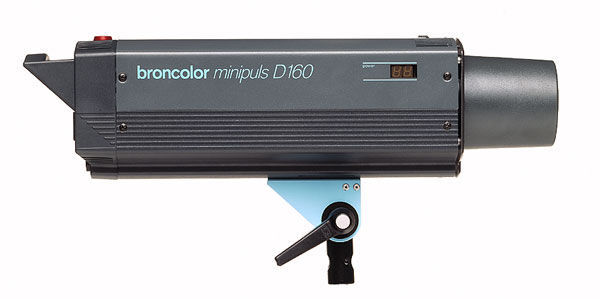
Standard Hood
The standard cover is the basic accessory that comes with the flash at the time of purchase. The lamp holder flashes with the standard cover, which has a certain convergence effect on the light, and can get a strong contrast and a certain directional light effect. The assembly and disassembly of the standard cover is the same as other accessories at the front end of the lamp cap. When installing, find the bayonet at the connection between the lamp cap and the standard cover, align it, and then rotate it, and then remove or install it at a certain angle.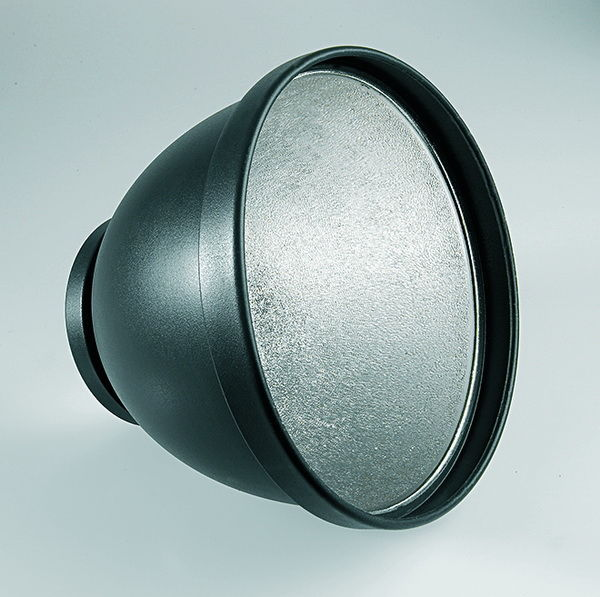
Flash Light Stand
The flash lamp holder, like a digital SLR camera, also needs a tripod for support. This special tripod is called a flash lamp holder. Due to the different interfaces, the tripod used by the light stand and the digital camera cannot be used in common. The flash lamp holder does not need to be extremely stable, so it is generally rough to make and the price is low. In addition, in order to meet various lighting needs, the strobe lamp holder can reach a higher height. In order to facilitate the movement, the bottom of some advanced lamp stands is designed as a movable pulley structure. In this way, the bulky light stand can be easily moved in the studio without disassembly.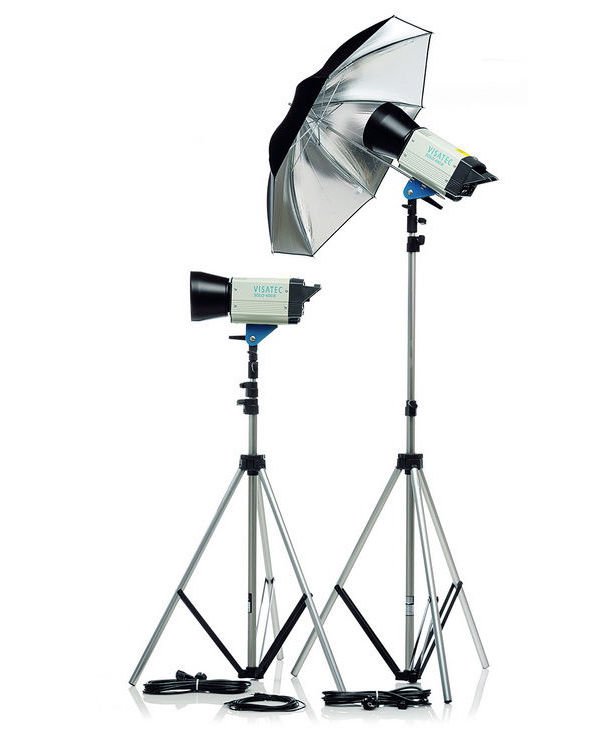
Multi-effect Four-page Light Barrier
The four-page light barrier, like the standard cover, is an accessory that can be easily installed in front of the lamp head and simply controls the light direction and color of the light. The four black plates mounted in the front are very convenient for adjustment and can easily control the direction of light irradiation. In the center of this accessory, a honeycomb cover or color filters of different colors can be installed to obtain a rich and varied color effect.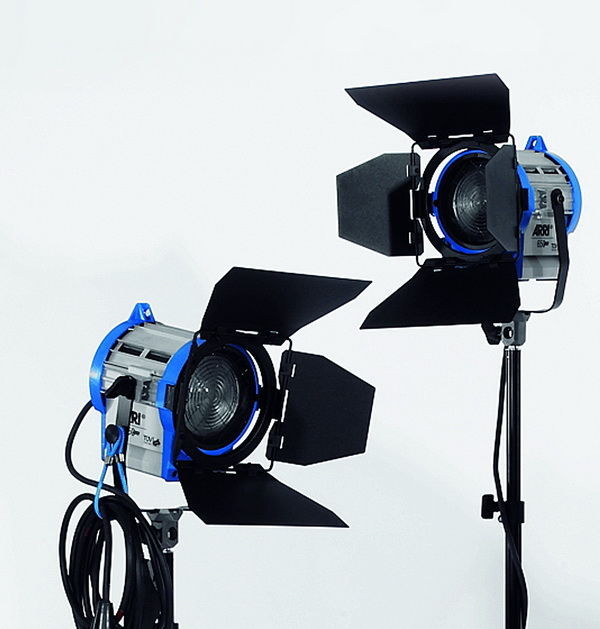
Condenser
The condensing cover is cone-shaped, which is a lamp holder accessory that is installed at the front end of the lamp holder and has the function of converging light. The condenser can concentrate the light in a small area of the subject, producing a shooting effect similar to a spotlight. After the light from the flash lamp head is collected by the condenser, the angle of the beam is about 10°. Condensing masks are often used to light people.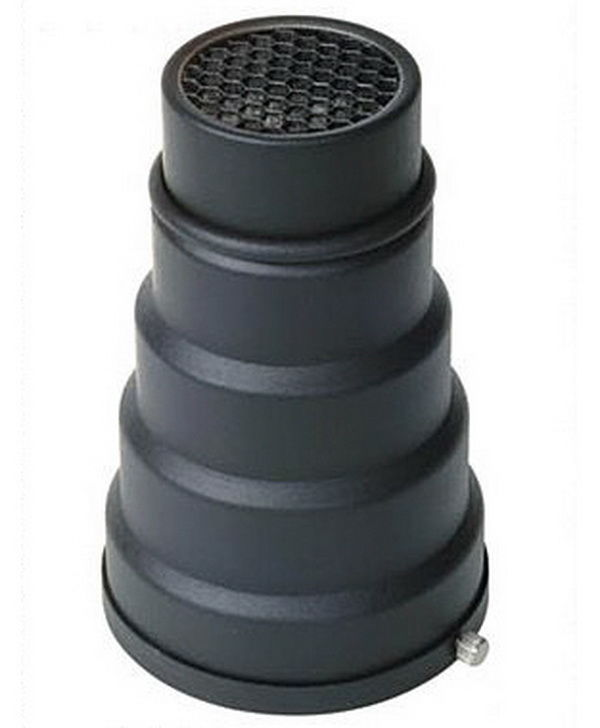
Softbox
The softbox is the most commonly used flash lamp head accessory in studio portrait photography, and its volume is even many times larger than the flash lamp head. Therefore, when installing, pay special attention not to damage the bulb, and consider the load of the lamp holder when supporting it, so as to avoid the lamp holder from toppling.
The soft box is composed of some metal brackets and a tent-like polygonal box cover. The white fabric at the front is composed of synthetic fibers, which has a semi-transparent effect. The light of the flash lamp head will be scattered and softened when passing through the soft box, and the light irradiation angle will be wider, so it is especially suitable for shooting female portraits.
According to the size and the number of angles of the polygonal box cover, the soft box is divided into a variety of specifications. The height of some large softboxes can even exceed the height of a person, and there is more than one lamp holder behind them. The large soft box can make the light more uniform and natural when the photographer is shooting full-body portraits.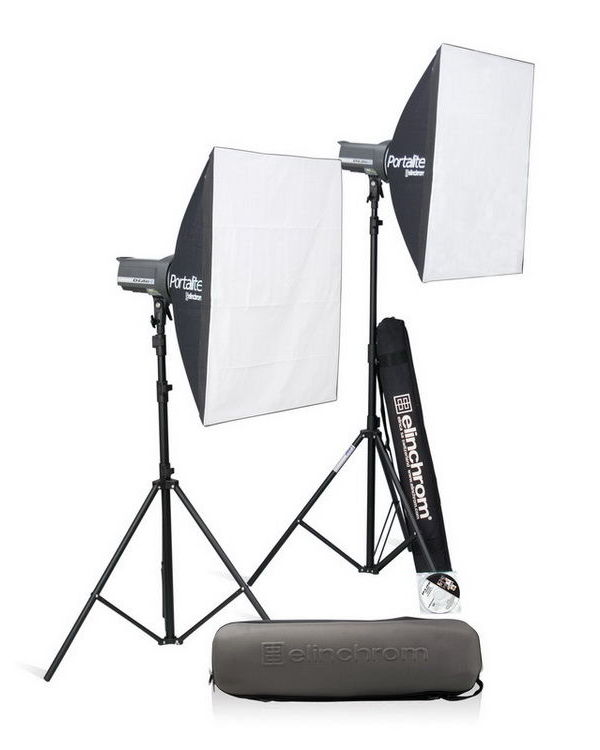
Reflective Umbrella
Reflective umbrella is a lamp holder accessory that looks like an umbrella installed in front of the lamp holder. The reflector umbrella is always used in conjunction with the standard cover. It can reflect the light from the flash lamp and soften the light to a certain extent.
The working principle of the reflective umbrella is very simple, that is, when the light hits the inner surface of the reflective umbrella, it will reflect the light. By changing the distance between the lamp holder and the reflector, the angle of light can be adjusted. The inner surface of the reflective umbrella is made of different materials. The performance of the golden and silver reflective umbrellas is different. The biggest advantage of the reflective umbrella is its convenience and a certain soft light effect.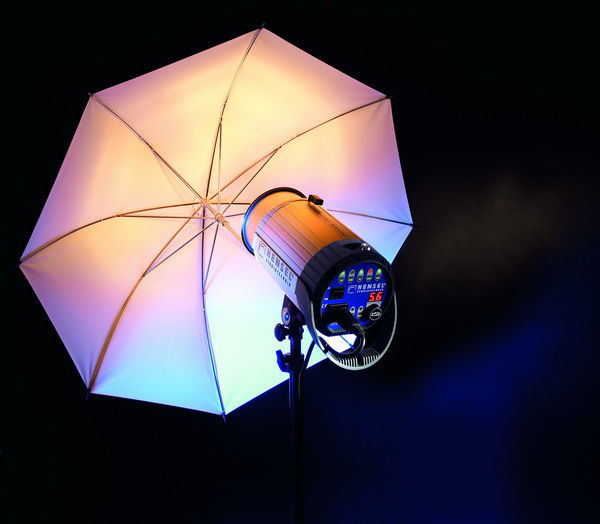
Filter lens group
The color filter of the flash can be installed on the multi-effect four-page light barrier and the condenser. Photographers can add heat-resistant color filters of different colors according to different portrait shooting themes, and change the color of the light source as desired to create colored light and light effects of different color temperatures.
Reflector
The reflector not only plays a role in outdoor portrait photography, but also plays a role in controlling the intensity of shadows and the size of the area when shooting in the studio. In studio shooting, several reflectors are often used as an aid. First, it can reduce the difficulty of controlling the light source. Second, the effect is often more natural and soft than the multi-light effect.
The role of the reflector is to control the contrast. In addition to the common foldable oval standard reflector, the reflector used in the studio also has a rectangular reflector similar to a plastic foam board, which has an even better reflection effect. All these equipments can be purchased at very low prices in the photographic equipment market.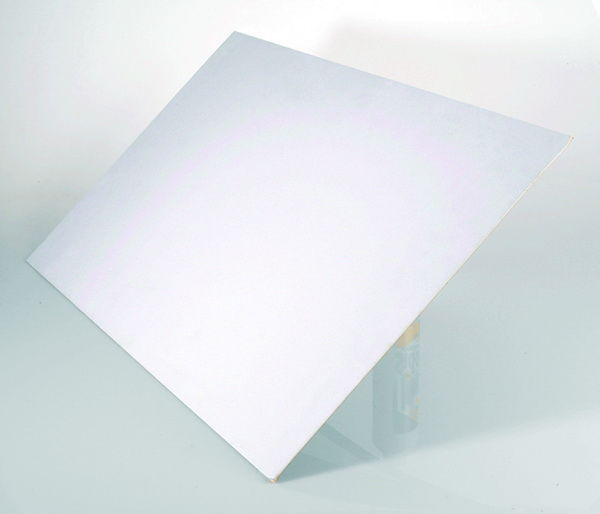
background
Portrait photography is inseparable from the creation of the background. The background paper or background cloth of the studio can provide photographers with a variety of different options. The background of the studio is generally divided into two types: a pure color background or a simulated natural background. The former is a standard configuration, while the latter is mostly used in a studio.
The background shooting effect can also be changed by using light, composition and other techniques. Many photographers also bring their own background when shooting according to shooting needs. In short, the background board is not only one of the necessary hardware in the studio, but also one of the issues that photographers should consider before each shooting.
